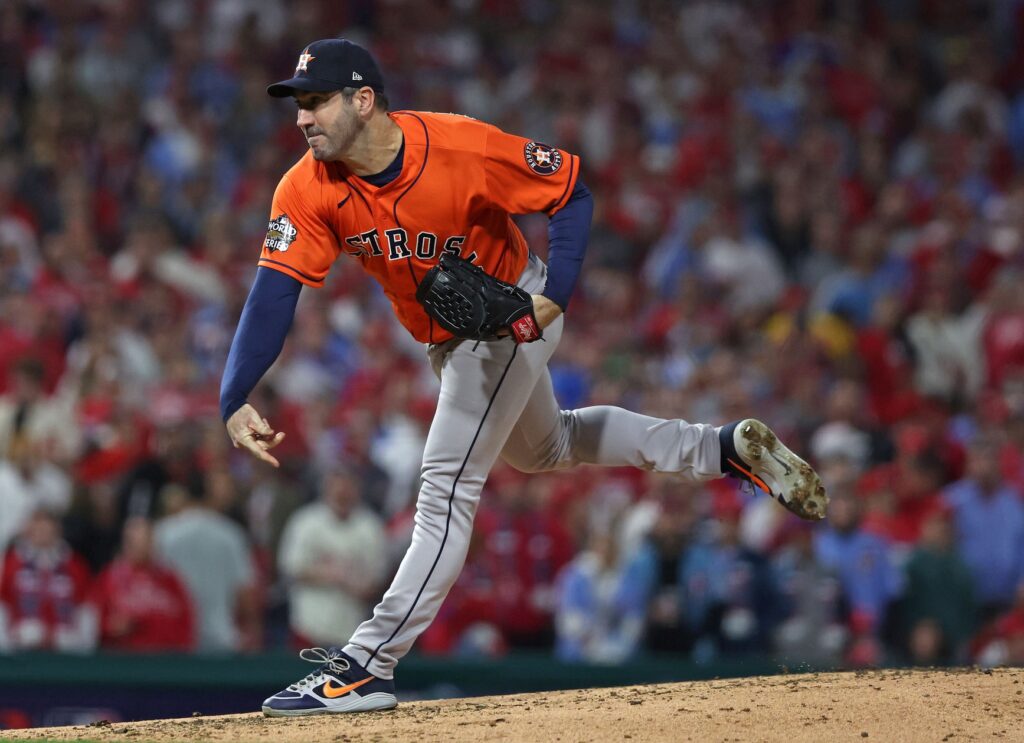For a long time, ERA has been the baseball statistic most commonly used to evaluate pitchers. It is, after all, a straightforward one. And, at first glance it would seem to indicate practically all one needs to know about the quality of a pitcher. After all, it is the basic measure of the runs that he allows, and runs are what baseball ultimately comes down to.
A Baseball Statistic Can Be Misleading, Whether It’s the Problem Itself or the Intended Solution
The issue with ERA is something that will only be noticed by the deeper baseball thinkers. The bottom line is that this baseball statistic is sometimes dependent on the quality of the performance of the pitcher’s teammates.
What is Wrong With ERA?
1. When a pitcher departs, leaving runners on base, they are charged to him IF they score against the next pitcher(s)
After a pitcher is pulled from a game, what further control does he have over the outcome? None. And yet a pitcher that exits leaving inherited runners on base doesn’t find out if he gave up those runs until the next few plays or so have happened.
2. A pitcher is not charged with anything on inherited runs that he allows to score
This is directly related to the first point, being another consequence of the flawed way in which ERA handles mid-inning pitching changes with runners on base. Consider a scenario in which a relief pitcher comes into a tied game in the bottom of the ninth with two outs and the bases loaded. He promptly gives up a single, thus ending the game in the other team’s favor. What is he charged with? A hit, but nothing that will affect the baseball statistic that is usually looked at by most fans for a pitcher.
While the situation into which a pitcher enters is beyond his control, it can’t be denied that leverage performance matters. Good relievers have to be able to kill rallies. Additionally, if anything that happens is always charged to the previous pitcher, there is no extra credit given to an incoming reliever who escapes a jam, since you can’t have fewer runs than zero.
Finally, even with no runners on base, it’s clearly less dangerous for a reliever to give up a hit when there are one or two outs than when there are none. He doesn’t have to do as much to strand the runner as he would if he had come in at the beginning of the inning. And yet context is what determines when a reliever comes in.
Note that this problem does not apply to starting pitchers.
3. Errors are the differentiating factor between earned and unearned runs and are subject to the official scorer
First of all, the subjectivity of errors itself is not what should bother us. Actually, it should no more be expected that every scorer will see things the same way than that every umpire will have the same strike zone and make the same call on every play. Subjectivity should be just as tolerable in the scorers as in the umpires. Don’t worry, I haven’t forgotten that people sometimes don’t like the umpires. I’ve been one myself in little league. But we’re looking at this from an unbiased, sane perspective.
The disturbing thing is the fact that poor fielders can actually avoid errors by not even attempting to make a play. Just look at Derek Jeter. Talk about being overrated defensively.
4. Pitchers can be seen looking pretty thankful after some of those outstanding grabs
In addition to pitchers being negatively affected by the poor defensive contributions of their teammates, they can also be positively impacted when a fielder makes an outstanding play. This will likely take runs that “should” have scored off their ERA and give them a “free” out.
Note: These observations do NOT imply that you will never see me using ERA again. While it is incomplete, it is what the average fan understands.
But the Other Extreme Did Not Fix Things
Sabermetricians realized that things needed to be done. They particularly focused on the last two issues mentioned; the ones that dealt with the indistinguishability of pitching from fielding in ERA.
When Voros McCracken studied the problem, he came up with a solution that is far worse than trusting ERA: discounting anything that happened on balls in play (with the exception of home runs) as luck or the defense, and assuming that the pitcher had little control over what happened when the ball was hit. Walks, home runs, and strikeouts were the only major things that mattered. His original statistic for this was DIPS (Defense Independent Pitching Statistics) ERA, but FIP is a simpler version, so we’ll look at it here.
It would be truly astounding if McCracken was right. The impact of pitching on a game would be far lower than what we have grown up thinking. But it ultimately makes no more sense to say it doesn’t matter what happens on balls put in play than to believe that ERA tells the full story.
What is Wrong With FIP?
1. There is no difference between hard and soft contact
A double off the wall is counted the same way as a soft ground ball back to the pitcher. There is no provision for the quality of contact allowed.
It could be pointed out that sometimes a hitter benefits from making softer contact because it takes longer to reach a fielder. Still, these cases are the exceptions, and the overall point remains that pitchers who get hit harder are, in general, worse.
2. Home runs stand as the exclusive issue regarding quality of contact that matters
McCracken correctly maintained that home runs are within a pitcher’s control. A home run is the ultimate high-quality contact. Is it believable that a pitcher only has control over what happens to a hit ball in the most extreme case, and that there is no middle ground? If good pitchers can limit home runs, shouldn’t they also be able to influence contact in other ways?
By the way, the fact that there is no positive credit given to a pitcher for inducing the most extreme weak contact seems to be an inherent inconsistency anyway.
3. Soft-contact pitchers exist throughout baseball
This baseball statistic makes pitchers who rely on inducing soft contact look worse. There is plenty of variance among pitchers in regard to their reliance on strikeouts. Some pitchers are good without being overpowering, due to their ability to get the ground ball or popout. Examples include T.J. McFarland, Tyler Rogers, Kyle Hendricks, Kyle Freeland, Marcus Stroman, and many more.
FIP doesn’t account for this ability. It essentially insists that these pitchers “got lucky.” It must be noted that these pitchers have to rely on the quality of the defense more than the strikeout artists, and in that sense are a bit disadvantaged. However, they do usually limit the long ball.
Conclusion
None of this was meant to suggest that FIP shouldn’t exist as a baseball statistic. After all, it is useful for finding out about a specific area of a pitcher’s game, just like strikeout rate, walk rate, or WHIP. It just shouldn’t be used as the primary way of evaluating a pitcher’s total performance in the sabermetric world. Better at least to use something like Expected ERA, which attempts to account for quality of contact. But no baseball statistic is perfect.
The problem of separating pitching from fielding is an ongoing one. It’s important to realize that the same concept applies to hitting. To say that a defender “robbed” a batter of a hit is often precisely correct. So the real question is how defense should be factored in relation to everything else.
As far as the runners-on complications, it’s definitely possible to make modifications to ERA to account for them.
Main Image: Bill Streicher-USA TODAY



